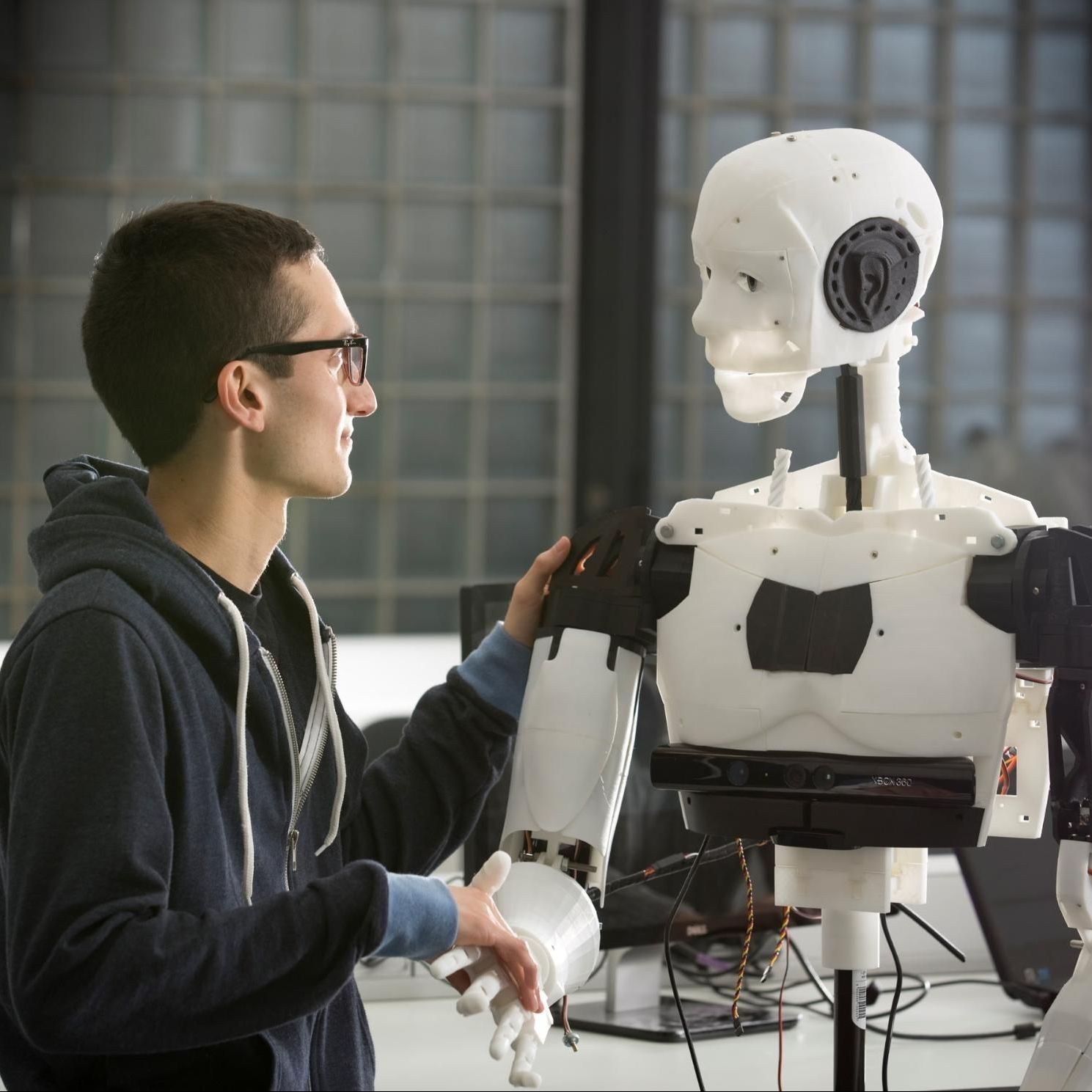
Will robots replace teachers? Improve your listening
Descripción
If you think of the jobs robots could never do, you would probably put doctors and teachers at the top of the list. It's easy to imagine robot cleaners and factory workers, but some jobs need human connection and creativity. But are we underestimating what robots can do? In some cases, they already perform better than doctors at diagnosing illness. Also, some patients might feel more comfortable sharing personal information with a machine than a person. Could there be a place for robots in education after all?
British education expert Anthony Seldon thinks so. And he even has a date for the robot takeover of the classroom: 2027. He predicts robots will do the main job of transferring information and teachers will be like assistants. Intelligent robots will read students' faces, movements and maybe even brain signals. Then they will adapt the information to each student. It's not a popular opinion and it's unlikely robots will ever have empathy and the ability to really connect with humans like another human can.
One thing is certain, though. A robot teacher is better than no teacher at all. In some parts of the world, there aren't enough teachers and 9–16 per cent of children under the age of 14 don't go to school. That problem could be partly solved by robots because they can teach anywhere and won't get stressed, or tired, or move somewhere for an easier, higher-paid job.
Teachers all over the world are leaving because it is a difficult job and they feel overworked. Perhaps the question is not 'Will robots replace teachers?' but 'How can robots help teachers?' Office workers can use software to do things like organise and answer emails, arrange meetings and update calendars. Teachers waste a lot of time doing non-teaching work, including more than 11 hours a week marking homework. If robots could cut the time teachers spend marking homework and writing reports, teachers would have more time and energy for the parts of the job humans do best.
Canal de podcast
The Habits of Highly Effective English Communicators
Autor
Todos los episodios

HSK vocabulary——觉得

Have vs Have got

HARD / SOFT CONSONANTS PRACTICE. Живот Или Живёт? Listen and Repeat.

Weather in Hebrew | Погода на иврите

What comes after a verb? "To do", "do," or "doing"? (Part 2)

Chapter 1, Exercise 16

Stop Talking, Start Listening: The Secret Skill Everyone Overlooks

情绪水果 “Emotion”fruit (Advanced level)
Episodios populares

HSK vocabulary
HSK vocabulary——觉得

Vlad's teaching tales
Have vs Have got

Russian Pronunciation wilth Lubov
HARD / SOFT CONSONANTS PRACTICE. Живот Или Живёт? Listen and Repeat.

Лёгкий иврит
Weather in Hebrew | Погода на иврите

Difficult English Explained
What comes after a verb? "To do", "do," or "doing"? (Part 2)

Uyghurche Learning FM/ئۇيغۇرچە تىل ئۆگىنىش
Chapter 1, Exercise 16

LEARN BY LISTENING
Stop Talking, Start Listening: The Secret Skill Everyone Overlooks

Yuli's Chinese Channel
情绪水果 “Emotion”fruit (Advanced level)